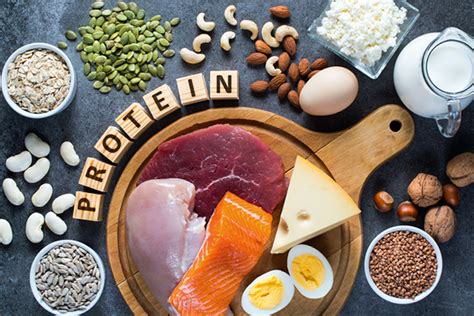Achieving the dual goals of losing fat and building muscle, often referred to as body recomposition, is a highly sought-after but challenging endeavor for many men. While traditional wisdom often suggests these goals are mutually exclusive, a strategic approach to both diet and exercise can make them attainable. This article outlines the optimal framework for men seeking to transform their physique.

The Optimal Workout Strategy: Lift Heavy, Train Smart
For men focused on fat loss and muscle gain, resistance training must be the cornerstone of their workout routine. It directly stimulates muscle protein synthesis, helps preserve muscle mass in a caloric deficit, and boosts metabolism.
1. Prioritize Compound Exercises
- Foundation: Focus on multi-joint movements that engage several muscle groups simultaneously. Examples include squats, deadlifts, bench presses, overhead presses, and rows. These exercises are highly effective for building overall strength and muscle mass.
- Volume and Intensity: Aim for 3-5 sets of 5-10 repetitions for most compound lifts. Lift challenging weights that allow you to maintain good form but push your limits.
2. Incorporate Progressive Overload
To continually build muscle, you must progressively challenge your body. This means gradually increasing the demands placed on your muscles over time. Methods include:
- Increasing the weight lifted.
- Performing more repetitions with the same weight.
- Doing more sets.
- Reducing rest times between sets.

3. Strategic Cardio for Fat Loss
While resistance training is primary, cardio plays a supportive role in fat loss. The key is to integrate it without compromising muscle gain.
- HIIT (High-Intensity Interval Training): Short, intense bursts of exercise followed by brief recovery periods. HIIT is excellent for burning calories and can even preserve muscle mass, but should be used sparingly (1-2 times per week) to avoid overtraining.
- LISS (Low-Intensity Steady State): Longer duration, lower intensity cardio (e.g., brisk walking, light jogging). LISS is great for recovery and burning additional calories without excessive muscle fatigue. Aim for 2-3 sessions per week on separate days or after resistance training.
4. Rest and Recovery
Muscles grow during recovery, not during the workout itself. Ensure you get adequate sleep (7-9 hours per night) and incorporate rest days into your routine. Overtraining can hinder progress and increase injury risk.
The Optimal Diet Strategy: Caloric Control & Macronutrient Focus
Diet is paramount for body recomposition. You need a slight caloric deficit to lose fat, but enough nutrients to support muscle growth and recovery.

1. Caloric Deficit, Not Starvation
To lose fat, you must consume fewer calories than you burn. However, a drastic deficit can lead to muscle loss. Aim for a moderate deficit of 300-500 calories below your maintenance level. This allows for sustainable fat loss while still supporting muscle protein synthesis.
2. High Protein Intake is Non-Negotiable
Protein is crucial for building and repairing muscle tissue. It also has a high thermic effect (burns more calories during digestion) and promotes satiety, helping manage hunger in a deficit.
- Target: Aim for 1.6-2.2 grams of protein per kilogram of body weight (0.7-1 gram per pound).
- Sources: Lean meats (chicken, turkey, beef), fish, eggs, dairy, legumes, and protein supplements.
3. Strategic Carbohydrate and Fat Intake
- Carbohydrates: Provide energy for workouts and replenish glycogen stores. Focus on complex carbohydrates like whole grains, fruits, and vegetables. Timing your carbs, especially around workouts, can be beneficial. Generally, 2-4 grams per kilogram of body weight.
- Healthy Fats: Essential for hormone production, nutrient absorption, and overall health. Focus on sources like avocados, nuts, seeds, olive oil, and fatty fish. Aim for 0.5-1 gram per kilogram of body weight.

4. Hydration and Micronutrients
Drink plenty of water throughout the day (at least 3-4 liters) to support metabolism, athletic performance, and satiety. Ensure your diet is rich in a variety of fruits and vegetables to provide essential vitamins and minerals.
5. Meal Timing and Frequency
While the total daily calories and macros are most important, distributing your protein intake throughout the day (e.g., 4-6 meals) can maximize muscle protein synthesis. Consider consuming protein and carbohydrates pre- and post-workout to fuel performance and aid recovery.

Consistency and Tracking for Success
The optimal plan is only effective if consistently followed. Track your workouts (weights, reps, sets) and your diet (calories, macros) to ensure you’re making progress. Take progress photos, measurements, and monitor your body weight. Adjust your intake and training as needed based on your results.
Combining heavy, compound-focused resistance training with a high-protein, moderate-calorie-deficit diet creates the most fertile ground for men to lose fat and build muscle simultaneously. Patience, consistency, and a commitment to both aspects are key to unlocking your body’s full potential.




